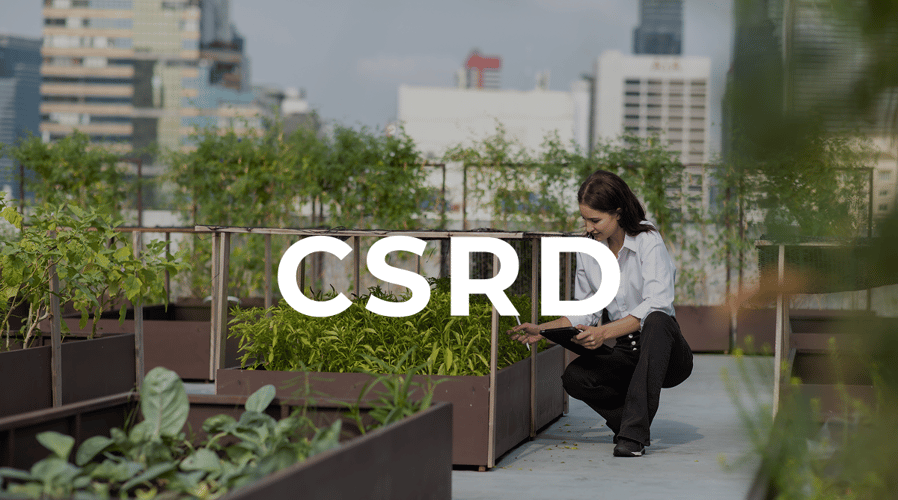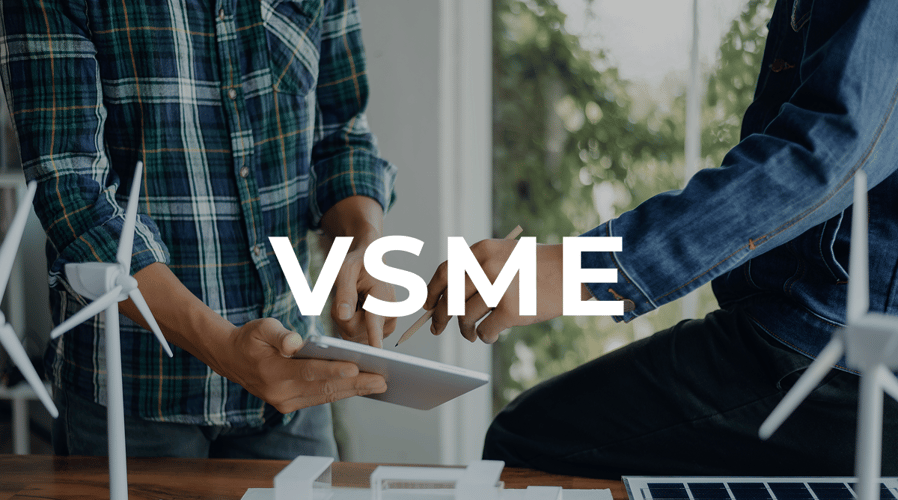

📌This article, written by ESG researcher Shubhra Dixit, provides a clear overview of the EU Packaging and Packaging Waste Regulation (PPWR), explaining its scope, goals, compliance requirements, penalties, and key deadlines
What is the PPWR?
The Packaging and Packaging Waste Regulation (PPWR) is a comprehensive EU law that sets rules for packaging design, production, labeling, reuse, and recycling across all member states without the need for transposition into national legislation.
It aims to minimize packaging waste, promote circularity, and harmonize requirements for all products placed on the EU market.
Source: https://environment.ec.europa.eu/topics/waste-and-recycling/packaging-waste_en
What are the main goals of PPWR?
The core objectives are to reduce packaging waste, ensure all packaging is recyclable or reusable by 2030, drive the use of recycled materials, and set EU-wide waste reduction targets of 5% by 2030, 10% by 2035, and 15% by 2040 (compared to 2018 levels).
When did PPWR come into force?
PPWR formally entered into force on 11 February 2025, following publication of Regulation (EU) 2025/40. However, a transition period applies; most provisions will be enforced from 12 August 2026, allowing businesses time to prepare compliance strategies.
Who is affected by PPWR?
PPWR applies to all economic operators handling packaging in the EU, including manufacturers, importers, online retailers (including e-commerce), marketplaces, fulfillment service providers, and even private individuals for labeling and recycling benefits.
What specific requirements must packaging meet according to the PPWR?
By 2030, only packaging with recyclability grades A–C can be marketed, and plastic packaging must meet recycled content thresholds. By 2035, packaging must prove practical recyclability at scale; by 2038, only top grades (A/B) are permitted. There are also bans on PFAS in food-contact packaging, effective August 2026.
What are the key deadlines and transition periods?
- 11 Feb 2025: Regulation enters into force.
- 12 Aug 2026: Most obligations enforceable; initial compliance and reporting begins.
- Aug 2028: Uniform recycling labeling applies.
- Jan 2030: Recyclability and recycled content rules take effect.
- Jan 2035–2038: Higher standards for recyclability; phasing out non-compliant packaging grades.
What does the PPWR timeline look like?
Here is a visual overview:

What is the plastic surcharge under PPWR in 2026?
The plastic surcharge under the PPWR in 2026 is a levy aimed at reducing non-recycled plastic packaging waste and encouraging the use of reusable and recyclable alternatives. It applies from August 12, 2026, and varies depending on the recyclability and type of plastic packaging. For example, in the Netherlands, rates can reach around €1,220 per tonne for rigid plastics, in Italy the tax is about €0.45 per kilogram of virgin plastic (exempting recycled plastic), and Belgium charges between €271 and €1,955 per tonne depending on plastic type and recyclability.
What can companies do today to prepare for PPWR?
To prepare for PPWR, companies should start by reviewing their current packaging portfolio to assess recyclability, recycled content, and compliance with new design requirements. They need to collect documentation from suppliers on packaging materials, initiate changes towards reusable and recyclable packaging solutions, adapt production processes, and train staff accordingly.
Additionally, businesses should implement software for data management and traceability, monitor evolving legal requirements and national implementations, and engage early in compliance reporting and conformity assessment to ensure audit readiness
What happens if a business does not comply?
Non-compliance results in severe penalties, that can include:
- Fines of up to €100,000 per violation in countries like France and up to €200,000 in Germany.
- Immediate bans on product sales and distribution, including blocking goods at customs and mandatory recalls.
- Additional administrative penalties (storage costs, removal/disposal charges) and reputational risk.
Where to find more information on the PPWR?
- European Commission Environment page on Packaging Waste, which provides official updates and comprehensive information on the PPWR and its implementation across the EU. https://environment.ec.europa.eu/topics/waste-and-recycling/packaging-waste_en
- EUR-Lex, the official portal for EU legislation, where the full text and amendments of the Packaging and Packaging Waste Regulation (PPWR) can be accessed. https://eur-lex.europa.eu/homepage.html
- PPWR software information - by Master Sustainability - PPWR Software



